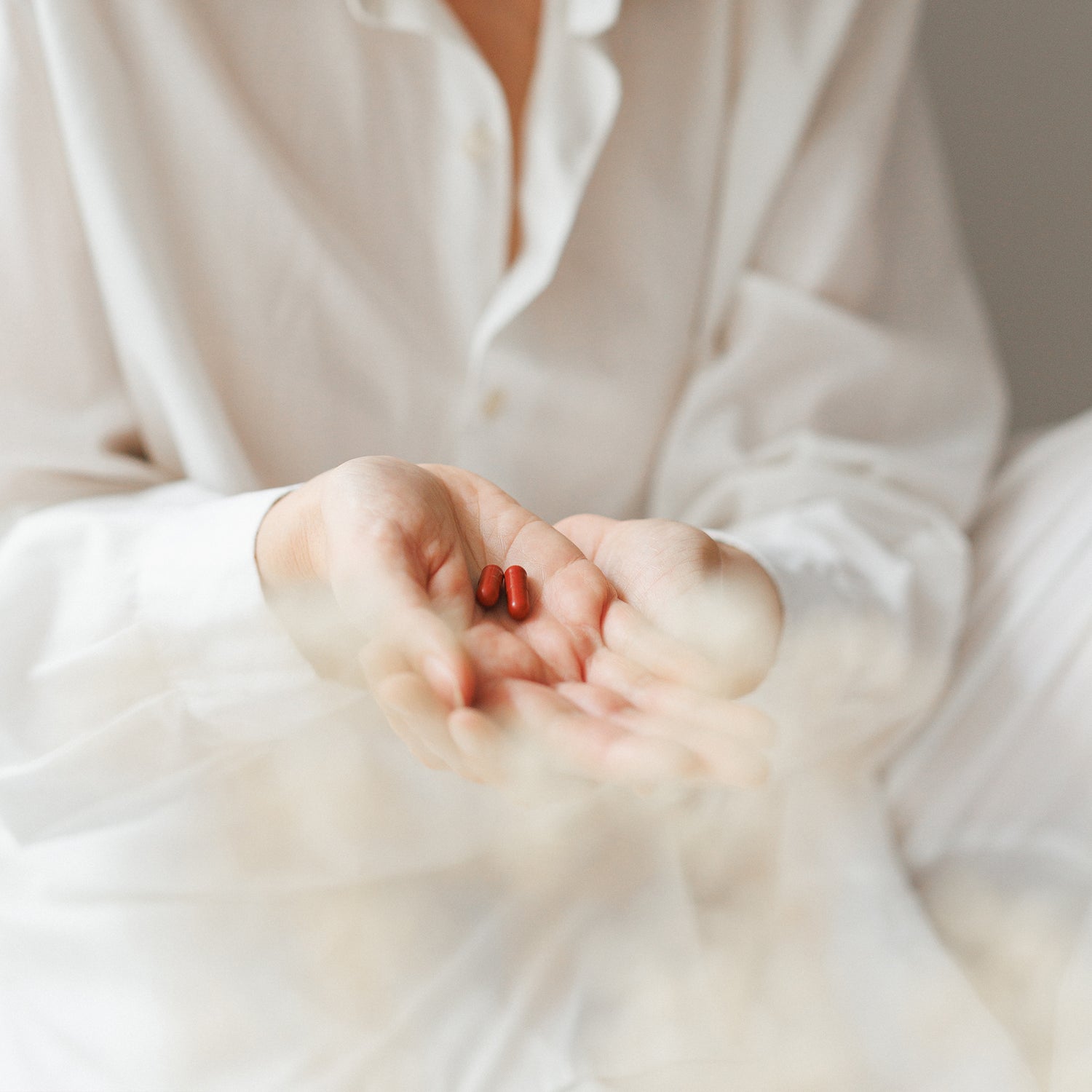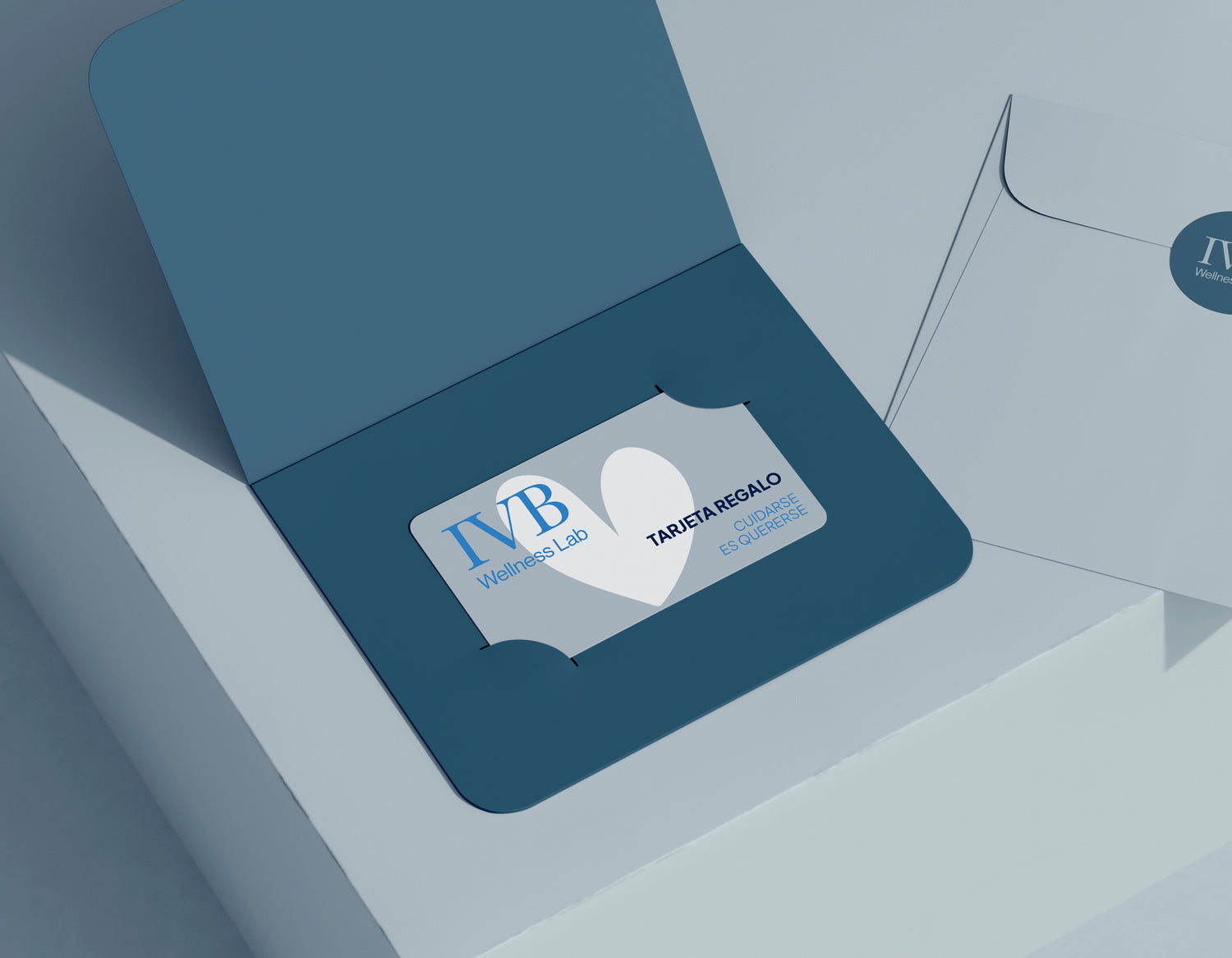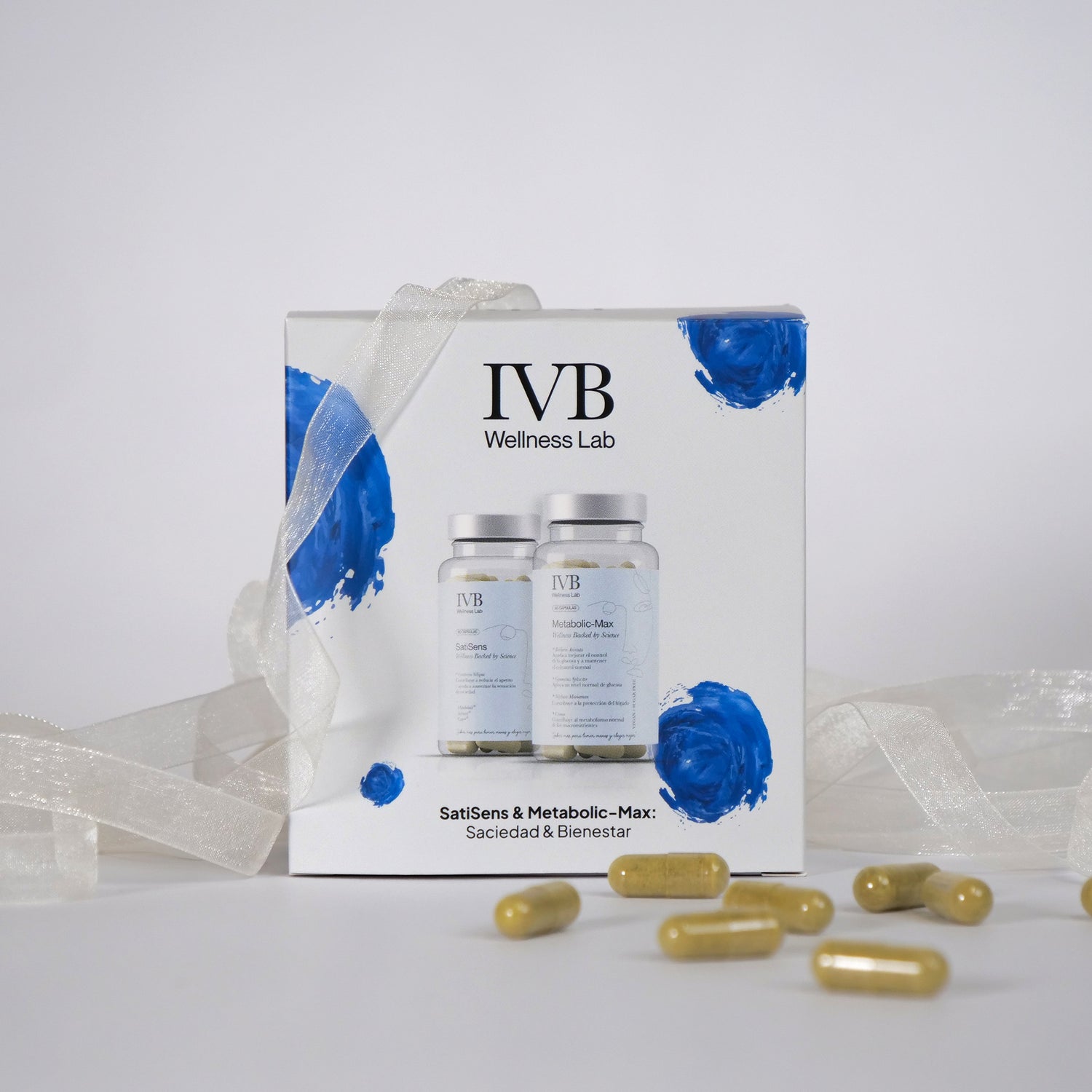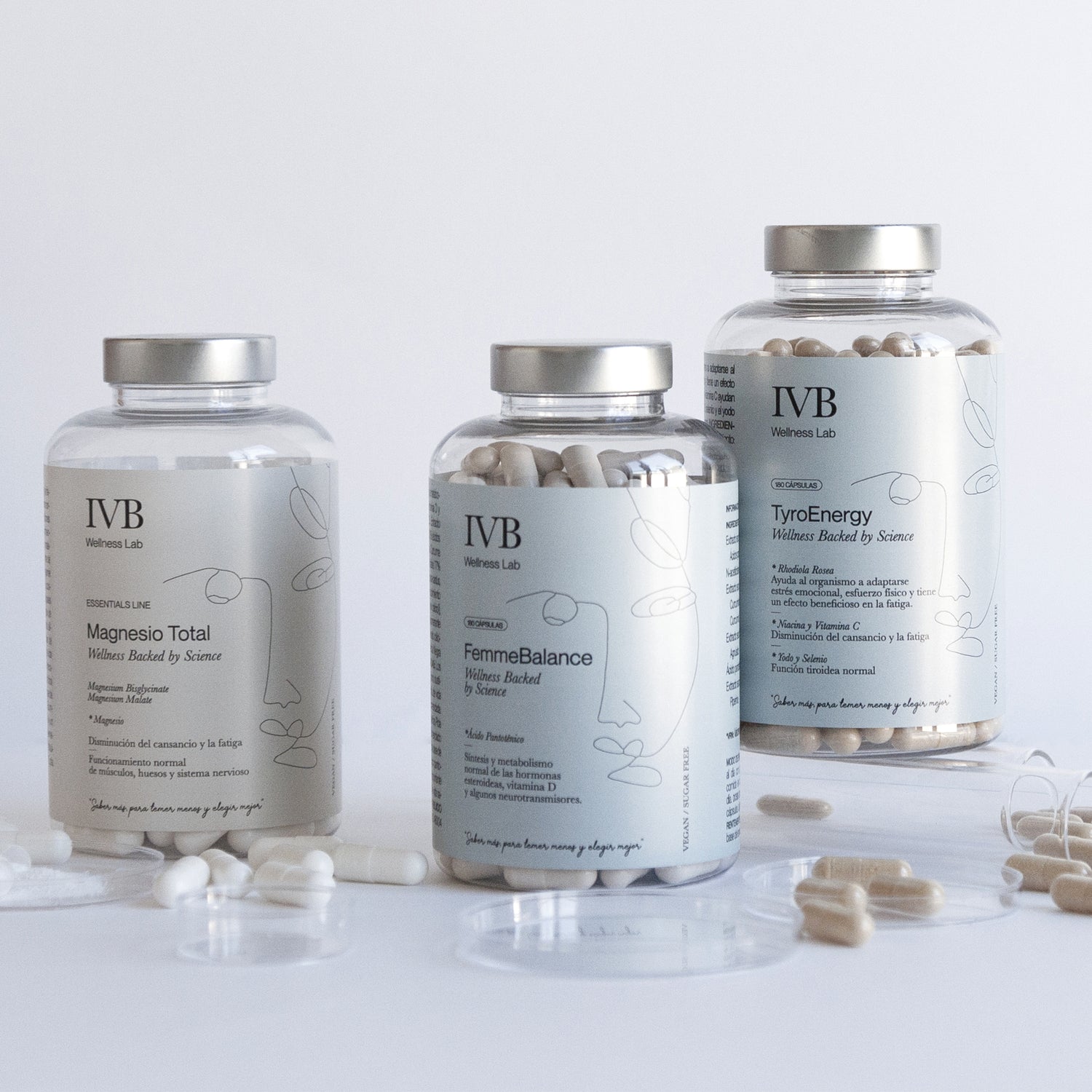How does it work?
- Blue light filter: Absorbs high-energy blue light, reducing fatigue and retinal damage.
- Antioxidant: Captures free radicals that accelerate the aging of eye cells.
- Mild anti-inflammatory: Modulates mild inflammatory processes in retinal tissues, promoting their health.
Benefits according to scientific evidence
Prevention of macular degeneration (AMD)
Chew and team (2013) conducted the AREDS2 trial with 4,203 participants over five years. They administered 10 mg of lutein + 2 mg of zeaxanthin daily and, compared with placebo,reduced progression to advanced AMD by 16%.
For their part, Ma and collaborators (2012) carried out a meta-analysis of 11 studies with almost 100,000 subjects and concluded that those who consumed more lutein and zeaxanthin had a26% lower risk of developing advanced AMD.
Improving visual processing speed
Bovier, Renzi, and Hammond (2014) conducted a double-blind trial in 92 young adults taking 12 mg/day of zeaxanthin (or a carotenoid + omega-3 mixture) for four months. At the end,Critical flicker fusion threshold* increased by 12% and visual reaction time improved by 10%versus placebo.
*Critical flicker fusion (CFF) is a vision parameter that measures the point at which an intermittent (flickering) light stimulus stops being perceived as a flicker and starts being seen as a continuous light.
Improved comfort against glare
Stringham et al. (2011) studied 59 young people supplemented with 10 mg of lutein + 2 mg of zeaxanthin (or double doses) for 12 months; they found thatVisual recovery after glare was faster and discomfort from glare was significantly reduced..*The term “glare” refers to excessive glare or glare that makes it difficult to see clearly and comfortably.
Supporting cognitive function in older adults
Hammond Jr. and team (2017) conducted a trial with 58 older adults who took 10 mg of lutein + 2 mg of zeaxanthin daily for 12 months. When compared to placebo,They improved their visual memory and attention span.
For their part, Lopresti et al. (2022) studied 63 adults with mild memory problems who received the same daily dose for 12 weeks; at the end, they showedimprovements in mental processing speed and executive function.
Finally, Johnson and colleagues in 2013 analyzed 60 people over the age of 60 and found thatThose who had more lutein and zeaxanthin in their blood performed better on tests of visual memory and mental speed..
Zeaxanthin,usually administered together with lutein, has solid evidence to supportprotect and improve eye health: prevents macular degeneration, accelerates visual recovery after glare andincreases visual processing speedin healthy young people.
In addition, it offersbenefits in memory and attentionin older adults. Theirsafety profile is excellent, making it an effective option for long-term eye and cognitive care.


La zeaxantina la luz azul de alta energía, disminuyendo la fatiga y el daño retiniano.
La zeaxantina también actúa como antioxidante, al capturar los radicales libres que aceleran el envejecimiento de las células oculares.




